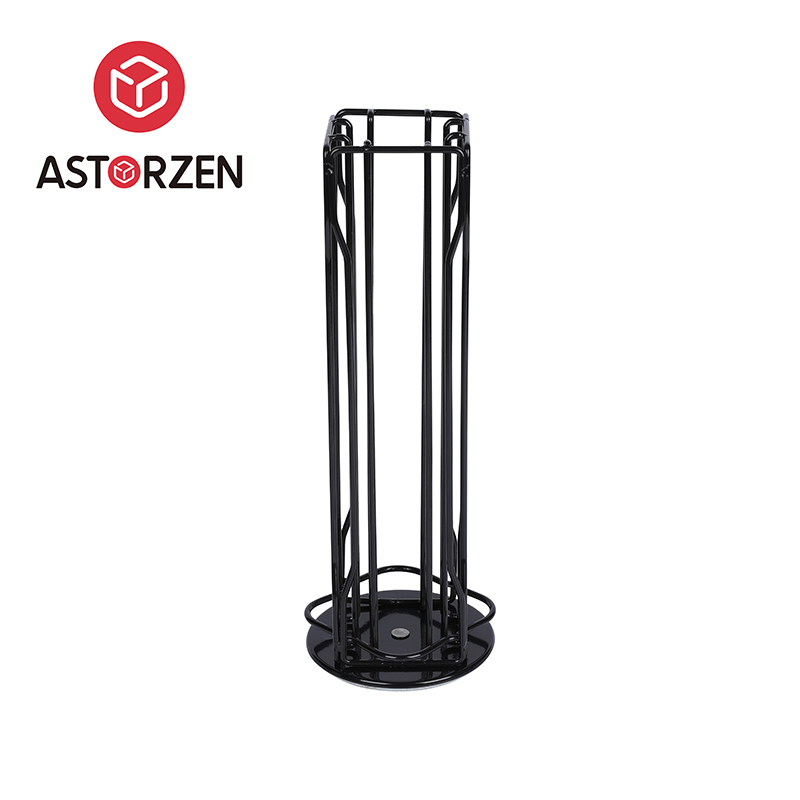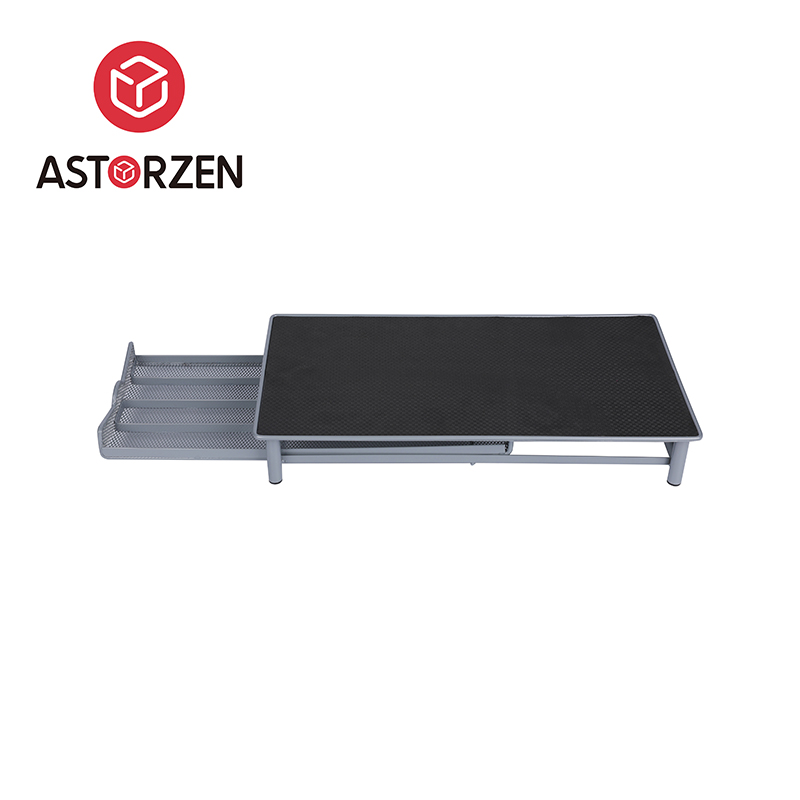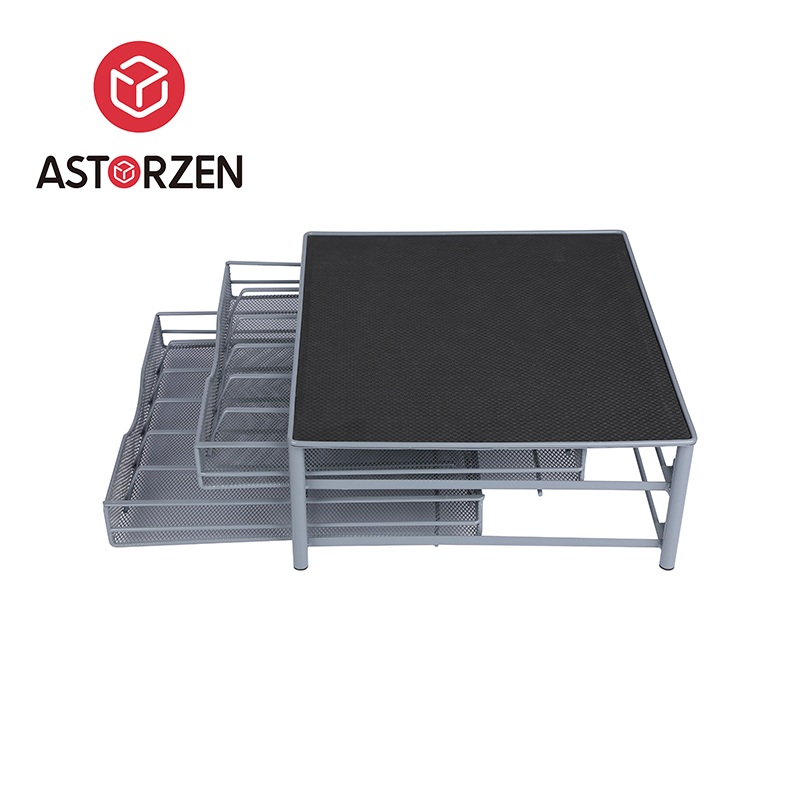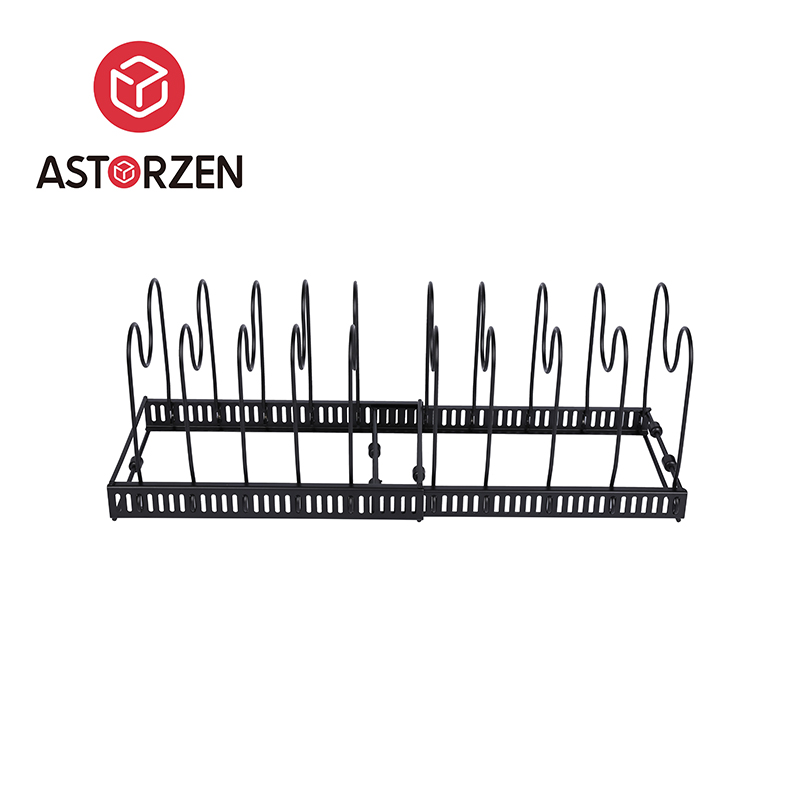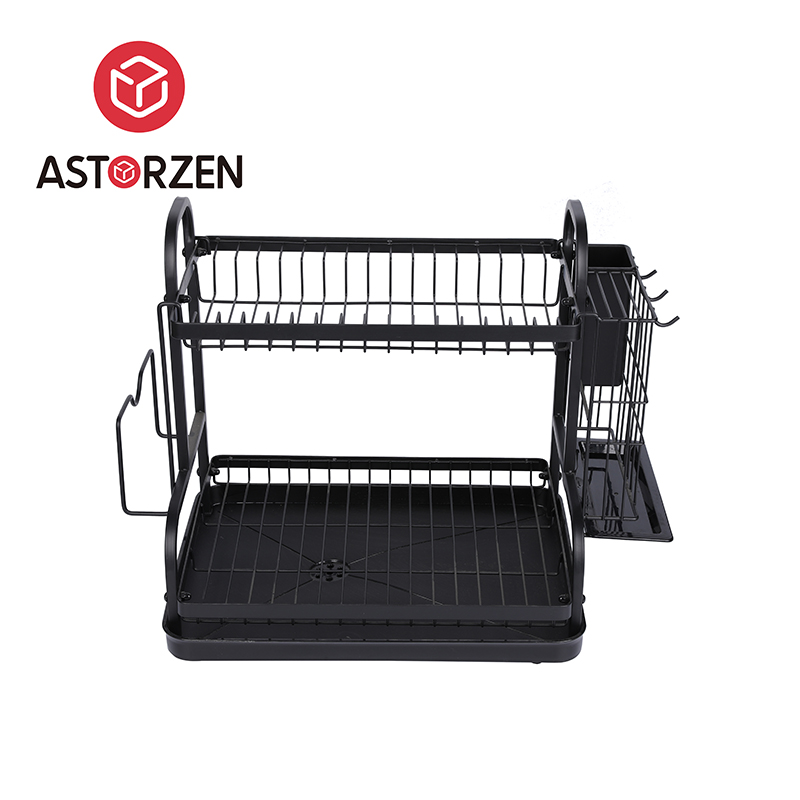In today's fast-paced world, organized living spaces are more than a luxury—they are a necessity. The stackable 3 shelf shoe rack organizer meets this need with practicality and design simplicity. It offers a compact, vertical solution for storing multiple pairs of shoes in limited spaces, making it ideal for apartments, dormitories, and busy households.
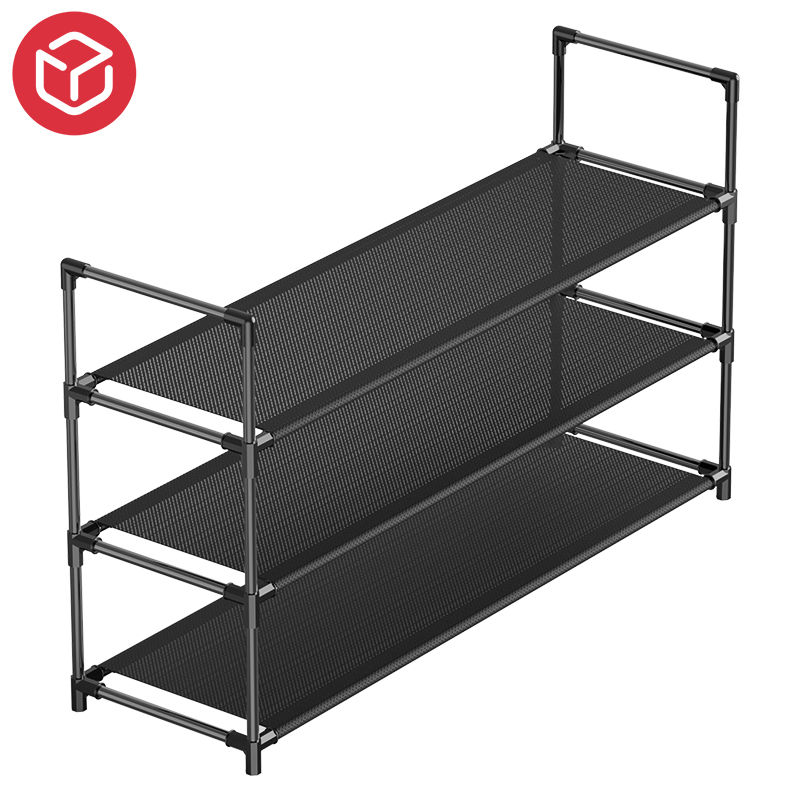
At its core, the stackable 3 shelf shoe rack features a modular design. Each unit typically accommodates 9 to 12 pairs of shoes, depending on size and arrangement. Its true strength lies in the ability to stack multiple units securely, allowing users to customize storage according to floor space and personal preference. This flexibility is especially useful for families with varied footwear needs or individuals seeking to separate casual and formal wear.
Durability is another key characteristic. Many models use metal tubing or reinforced plastic for structural integrity, with non-slip feet for stability. Ventilation between shelves prevents odor buildup and maintains hygiene, a subtle but important feature. Some versions also incorporate adjustable tiers, making room for boots or high-top sneakers.
Installation is usually tool-free, with parts that snap or slide into place. This user-friendly approach ensures setup and reconfiguration remain hassle-free. Additionally, some racks feature neutral color tones—black, grey, or white—to blend with various interior styles.
The stackable 3 shelf shoe rack organizer serves as more than just a shoe stand. It embodies space optimization, convenience, and adaptability. Whether placed in an entryway, closet, or bedroom corner, it contributes to a cleaner, more organized living space with minimal effort.
A stainless steel dish rack is a staple in many kitchens, prized for its resistance to corrosion and clean appearance. However, to ensure it remains durable over time, the forging process must be approached with technical precision and attention to key structural features.
The forging process begins with the selection of high-quality stainless steel, typically in the 304 or 316 grade range. These grades are chosen for their corrosion resistance, especially in moist environments like kitchens. The steel is heated to a temperature where it becomes malleable, then shaped using die forging techniques that ensure consistent density and strength throughout the metal frame.
Critical to durability is the proper design of joints and welds. Weak points in dish racks often occur at connection areas where metal rods meet. To counter this, TIG (Tungsten Inert Gas) welding is used. This method produces clean, strong welds that resist rust and cracking over time. Additionally, spot welding at stress-bearing points reinforces the overall structure without adding unnecessary bulk.
Surface treatment plays a major role in enhancing durability. After forging and welding, the dish rack undergoes polishing and passivation. Polishing smooths out microscopic crevices where water could accumulate, while passivation uses an acid bath to remove surface impurities, forming a uniform chromium oxide layer that enhances corrosion resistance.
Another often-overlooked factor is rack design. Proper spacing between wires helps avoid stress concentration, which can bring about metal fatigue. Drainage-friendly designs ensure water doesn't pool on surfaces, reducing long-term wear from moisture exposure.





 English
English 日本語
日本語 русский
русский عربى
عربى


